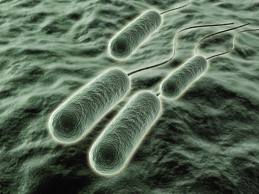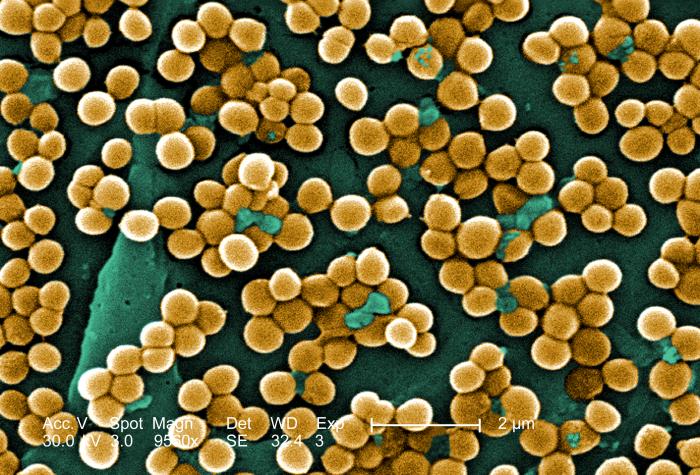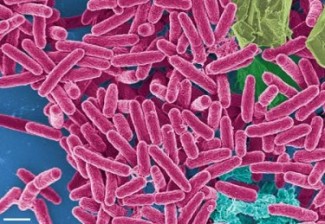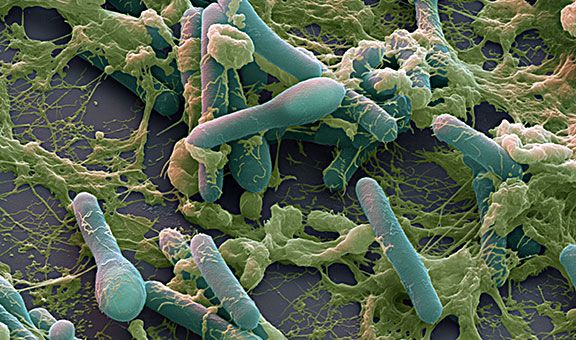The Most Deadliest Bacteria in the World
Viruses get a lot of attention due to their ability to kill millions of people and the absence of cures. However, bacteria present an equally-challenging risk because they become resistant to known forms of treatment. In fact, some believe the bacterial infections could increase to the point where they can take more lives than viruses. Let’s take a look at the world’s most dangerous bacteria, and some of them strike alarmingly close to home.
MRSA
The top bacterial infectious disease in the world today is caused by the Methicillin-resistant Staphylococcuus areus bacterium. Ironically, it is very prevalent in healthy people, and estimates suggest that up to one-third of the population has this bacteria in their noses. The good news is that it is benign if it remains outside of the bloodstream. However, once it enters through a cut or wound, it can prove to be fatal by producing an infection that is resistant to antibiotics. The infection can be superficial or it can burrow itself deep into the body and eat away at tissue, organs and bones.
Hospitals are the most common place where people contract the bacteria. Poor sanitation and infection-control techniques are largely to blame for its spread among patients. However, MRSA is also transmitted from person to person, and an increasing number of infections are being reported in public. This is particularly true in areas where people congregate and reside in close quarters. This bacterium is thought to be on the verge of causing a global pandemic as more and more people get infected and treatment options are not available.
- Coli
- coli is a bacteria that is primarily transmitted through the consumption of contaminated foods that are undercooked or mishandled. The bacteria is found in many livestock and agricultural products throughout the world and commonly cause urinary tract or kidney infections. However, the bacteria is becoming increasingly resistant to antibiotics, including Cipro, which is considered to be the antibiotic of last resort. This means that the infections can spread and devastate the body.
Unfortunately, the medical community has yet to be able to develop an effective alternative to Cipro. This means that it’s only a matter of time before many infected patients may have no treatment options available. This can translate into a death sentence for millions of people around the world.
Pseudomonas aeruginosa
This is a bacterium that a lot of people don’t hear about, but they will in the not-too-distant future. It is a nasty bug because it can enter the body and impact a number of different systems. It is primarily transmitted in hospital or clinical settings, and patients are more at risk if they are hospitalized for periods of more than a week. Those with weakened immune systems are also more prone to suffer the full-blown effects of this bug. However, this is expected to change as drug-resistance becomes more common and the bacterium starts to impact healthy people as well.
It is known to cause pneumonia, brain abscesses, ear, eye, skin, urinary tract and bone infections. It also can spread throughout the bloodstream and lead to heart disease, gangrene and meningitis. Some strains of the bacterium are resistant to all known forms of treatment at the present time, and there is no indication of new medications being introduced anytime soon.
Botulinum
One strain of the botulinum toxin is considered to be the most deadly bacteria on the planet. A 13-billionth of a gram of botulinum H, inhaled through the nose can kill an otherwise healthy individual. There is no known treatment, and it will take years before scientists understand this strain and find a cure. To make matters worse, the government has sealed information related to the genetic makeup of this bacterium because of its potential to fall into the wrong hands. Consequently, we are relying on the government alone to find a cure at this point.
Keep in mind that the handful of other botulinum strains are also deadly and becoming more antibiotic resistant as well. Since the bacteria is a food-borne illness as well as a weapon of mass destruction, there are a number of avenues that it can use to kill millions of people in a single outbreak.
These are just a few examples of the hundreds, if not thousands of bacteria that can lead to serious illness and death. The fact that we are ill-equipped to deal with outbreaks compounds the problem further. Chances are that bacterial infections will take more lives during a post SHTF scenario than the incident itself due to a lack of resources to keep them in check, and this is something that should make all of us really nervous about.
Unfortunately, there is little that we can do other than to make sure that we properly prepare food, maintain high sanitation standards and avoid areas of known contamination. However, these simple steps can help to avoid becoming infected. Keep in mind that isolation may very well be the only way to stay safe during a major outbreak.
Take time to consider how you will quarantine you and your family if such a situation arises, and incorporate this into your overall survival strategies.








